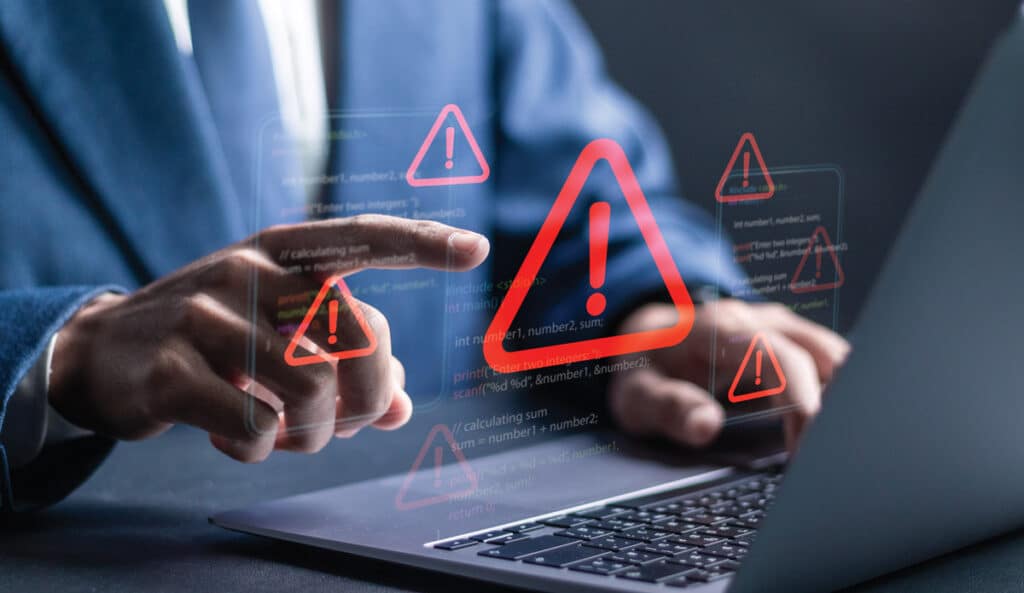How to Identify Fake Emails and Protect Yourself from Scams
Email is a vital part of our daily lives, from staying in touch with loved ones to handling business communication. Unfortunately, cybercriminals see this as an opportunity, regularly using fake emails to trick individuals and businesses into sharing sensitive information. Recognizing the signs of a phishing email is one of the most important steps you can take to protect yourself and your organization.
What is a Phishing Email?
A phishing email is a fraudulent message designed to look like it came from a trusted entity, such as a bank, social media site, or legitimate organization. Cybercriminals use these emails to steal sensitive details like usernames, passwords, or financial information—or even trick recipients into downloading malware. By being informed about the signs of phishing emails, you can stay a step ahead of these scams.
7 Signs of a Fake Email
To recognize a phishing email, keep an eye out for these common red flags:
1. “Too Good to Be True” Offers
Rewards like winning a lottery, free gift cards, or massive discounts often bait users. If you didn’t enter a contest or sign up for a specific offer, it’s likely a scam.
2. Urgent or Threatening Language
Phishing emails often create panic with statements like “Immediate action is required” or “Your account will be suspended unless you respond”—don’t fall for this tactic.
3. Unfamiliar Sender Email Address
Cybercriminals often use fake domains that look similar to trusted companies, swapping a letter or adding extra characters (e.g., @amaz0n.com instead of @amazon.com).

4. Generic Greetings
Legitimate organizations often address you by your name. Be cautious if the email starts with a vague greeting like “Dear Customer” or “Hello Friend.”
5. Suspicious Links or Attachments
Hover your mouse over any link in the email to inspect the URL without clicking it. If it looks odd or mismatched from the company’s legitimate web address, don’t click! Similarly, avoid downloading attachments from unknown senders—they can contain malware or viruses.
6. Grammatical Errors and Typos
Organizations usually maintain professional communication. Be wary of emails riddled with spelling mistakes, odd sentence structures, or incorrect formatting.
7. Requests for Sensitive Information
Legitimate companies rarely ask for sensitive details, like passwords or Social Security numbers, via email. If an email makes this request, it’s almost certainly a scam.
What to Do if You Receive a Suspicious Email
Protecting yourself doesn’t stop at recognizing fraudulent emails. Here’s what you can do if something seems off in your inbox:
- DO NOT click on any links or download attachments.
- Verify the sender. Contact the company or organization directly using official methods (e.g., their legitimate website or phone number) to confirm if they sent the email.
- Mark it as spam or phishing. Most email platforms provide tools to report suspicious emails, which helps flag them for other users.
- Update your security software. Ensure that your antivirus and anti-malware tools are up to date to provide an extra layer of protection.
Protect Yourself Today
Spotting fake emails is one of the simplest yet most effective ways to stay safe online. Be proactive—educate yourself and share news about threats with those around you to help create a safer online environment for everyone. Remember, staying one step ahead starts with you. If you’re looking for more resources or assistance in improving your cybersecurity practices, don’t hesitate to reach out to us!




